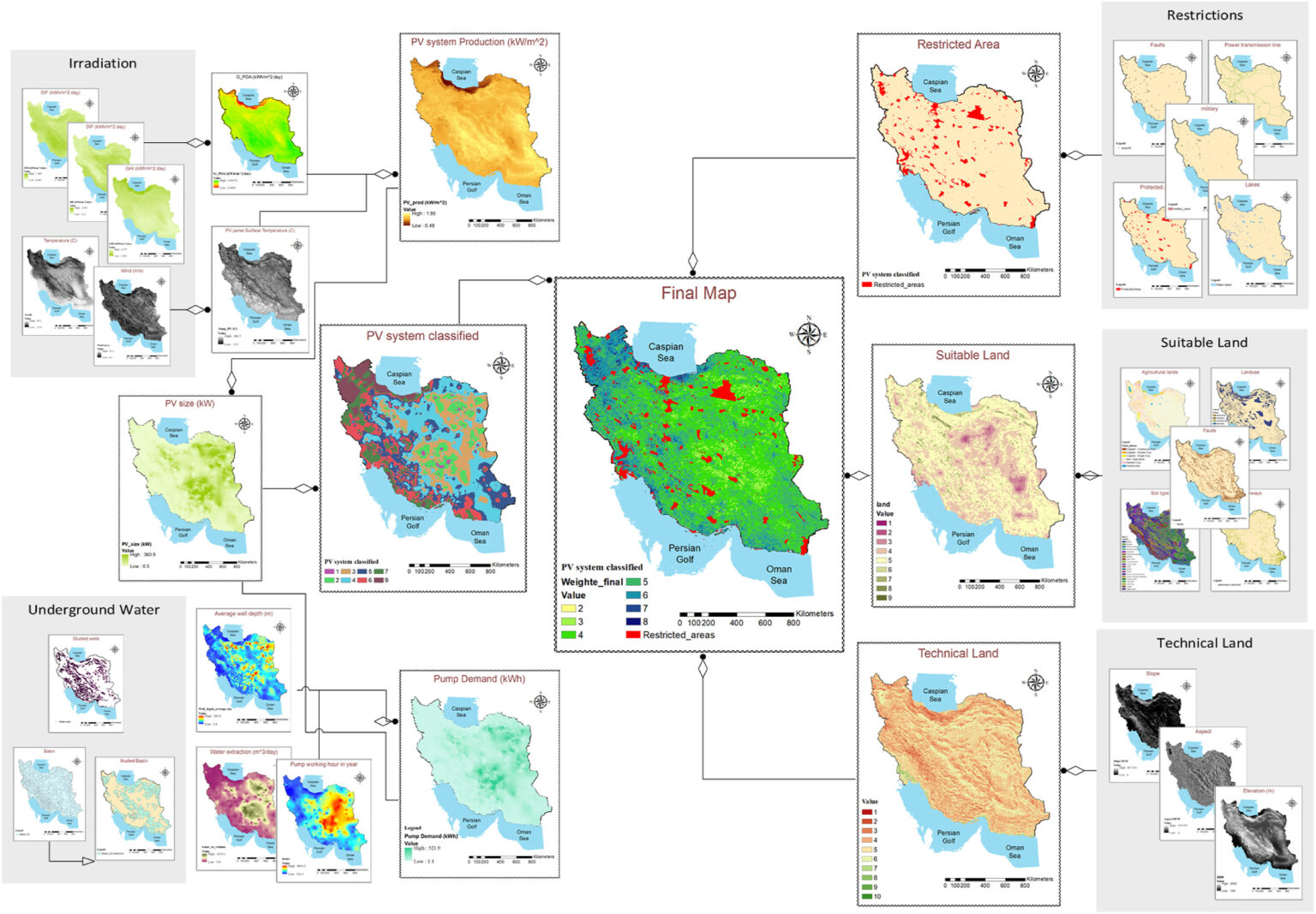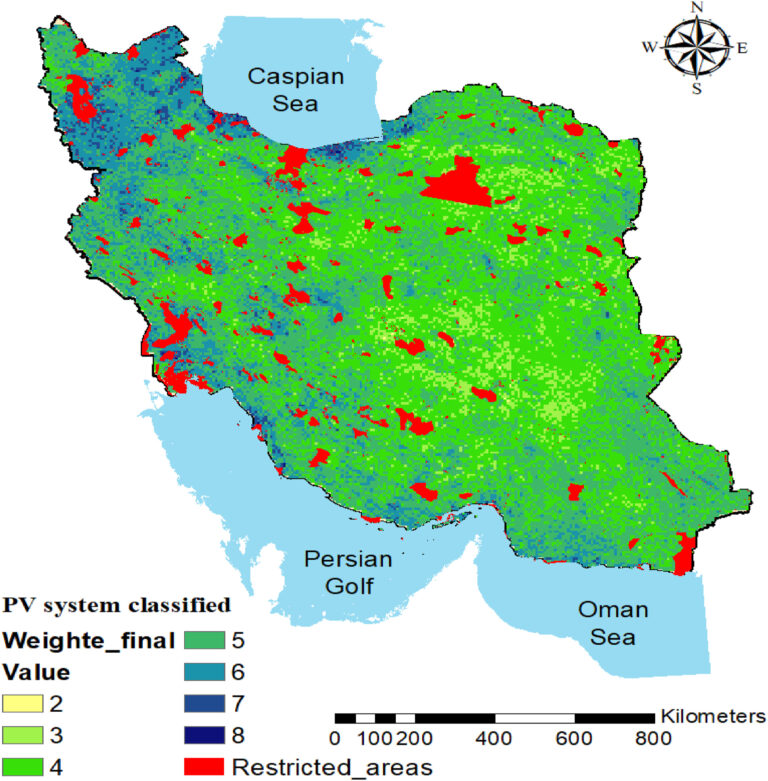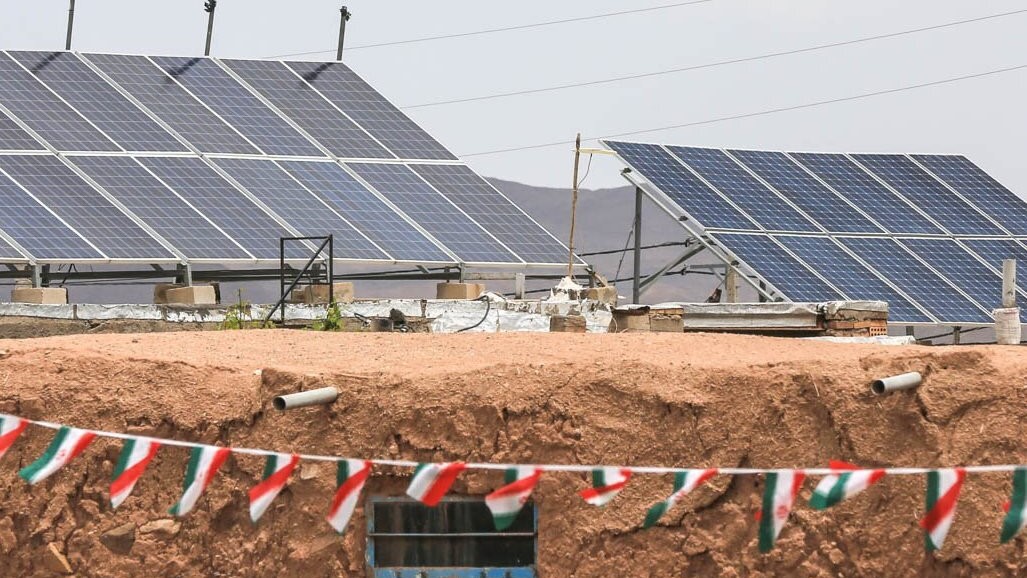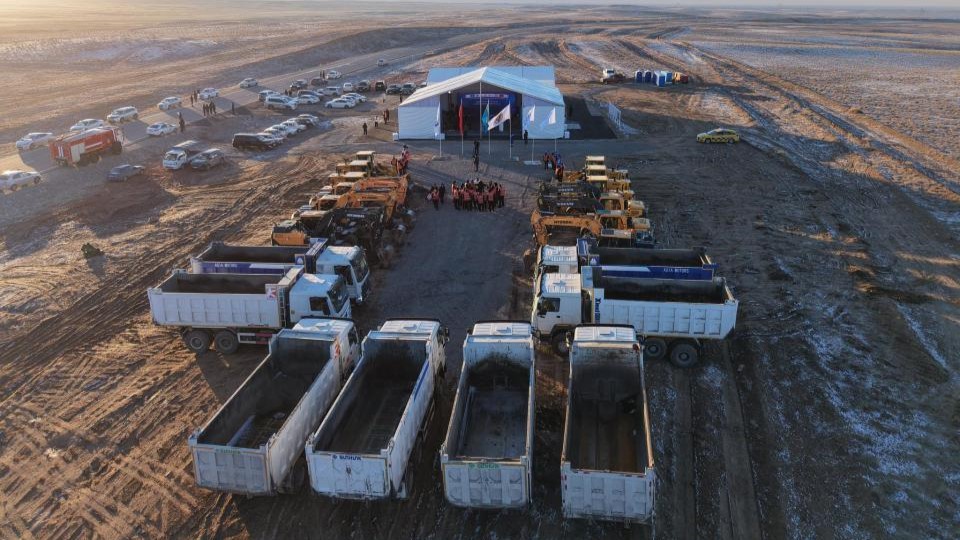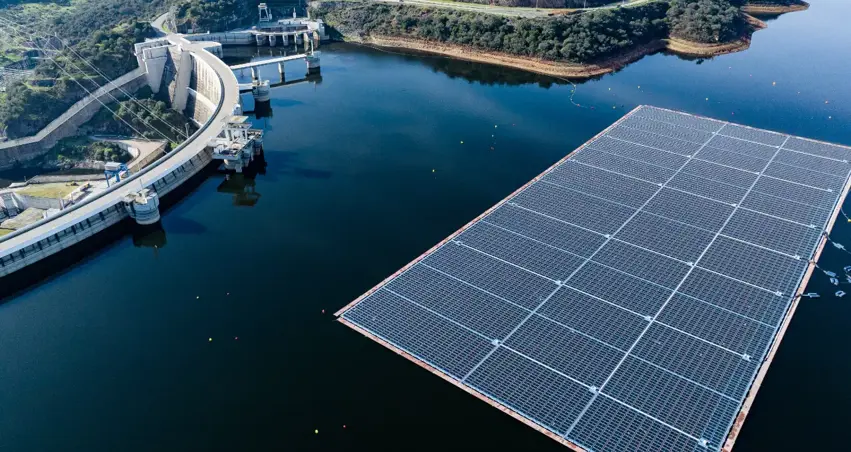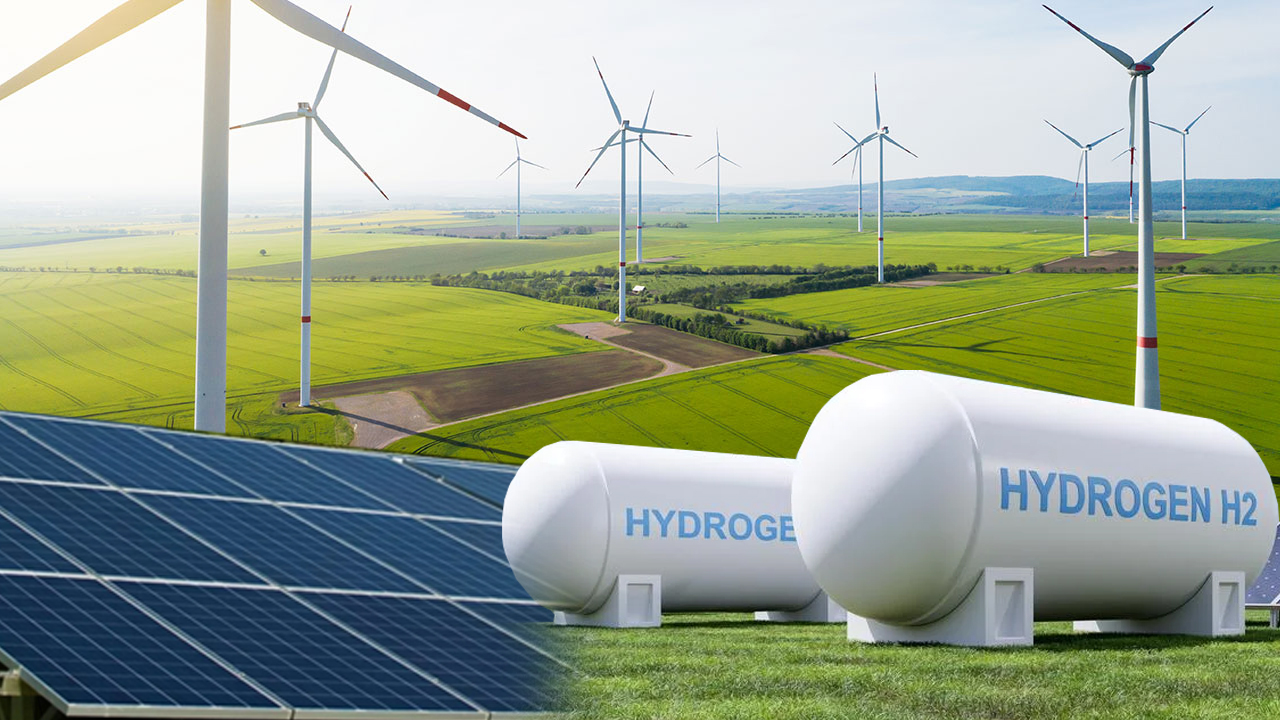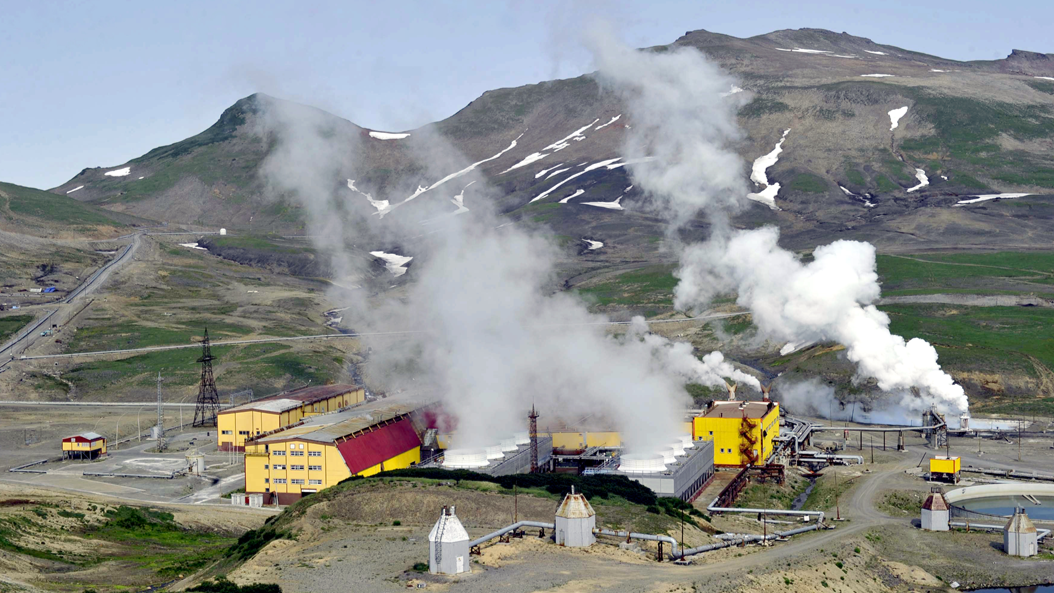Researchers from Germany’s RWTH Aachen University and Iran’s University of Tehran have proposed a novel methodology to identify suitable locations for implementing PV water pumping systems (PVWPS). The methodology uses a geographic information system (GIS) and an analytical hierarchy process (AHP) and was demonstrated on the case of Iran.
“Our study introduces a novel integration of spatial multi-criteria decision analysis (SMCDA) with PV water pumping systems to optimize underground water harvesting,” researcher Amirali Mahjoob told pv magazine. “This interdisciplinary approach combines geospatial analysis with renewable energy solutions, providing a comprehensive framework for sustainable water resource management, particularly in arid and semi-arid regions.”
The academic group established three categories affecting the viability of solar pumps: hydrological, solar, and land data. The hydrological category included three subcategories – water extraction flow, pump working hours, and average well depth. The solar category comprised six subcategories – global horizontal irradiance (GHI), direct normal irradiance (DNI), diffuse horizontal irradiance (DHI), tilt, wind speed, and ambient temperature.
The land-specific category contained three subcategories: restricted areas, land suitability, and technical suitability. Restricted areas were further divided into grid restrictions, military land use, protected areas, rivers and lakes, and airports. Land suitability included faults, distance to roads, land use, type of agriculture, and soil type. Technical suitability covered elevation, slope, and aspect.
The team created maps for each subcategory using GIS software and applied fuzzy membership functions to convert raw data into usability scales. Using an analytical hierarchy process (AHP) informed by a poll of four university professors, two water resources experts, two power engineers, one hazards expert, and one renewable energy student, the group assessed the relative importance of each map. They verified the weights through sensitivity analysis.
Overall, the PV and hydrological categories received a combined weight of 0.596, land suitability was assigned 0.346, and technical suitability accounted for 0.058. To integrate the different data layers with their respective weights, the researchers applied the weighted linear combination (WLC) method. The resulting map classified areas into four categories of usability.
“The first category is the areas that fall into the ‘unsuitable’ category. These areas cannot be used to implement these systems. Iran has a desert and semi-desert climate, so a large part of the country’s soil is unsuitable for urban and rural development,” the researchers explained. “The second category, ‘moderate,’ is not recommended for using these systems. The system’s cost in these areas is not economical under normal conditions. These systems can only be used in exceptional cases, such as lack of access to the grid and the impossibility of its development.”
They classified the third category as “good,” where solar pumping systems are cost-effective with proper design and suitable for off-grid use. The highest category, “excellent,” is considered appropriate to replace other energy sources for water extraction due to multiple advantages.
The results show that 2.5% of Iran is rated excellent, 12.1% good, 32.6% moderate, 43.2% unsuitable, and 9.3% restricted. Areas with excellent and good suitability for PV water pumping systems are mainly in the northwestern and southwestern regions, while moderate suitability appears in central and northeastern regions. Ardabil province ranks as the most suitable for PVWPS, with Yazd and South Khorasan provinces the least suitable.
“Building on our current findings, we plan to explore the scalability of this integrated approach across different geographical regions and climatic conditions,” said Mahjoob. “Additionally, we are interested in incorporating real-time data analytics and machine learning algorithms to enhance the predictive capabilities of our model, aiming for dynamic decision-making tools that can adapt to changing environmental factors.”
The scientists presented their results in “Spatial multi-criteria decision analysis on underground water harvesting using PV water pumping system,” which was recently published in Remote Sensing Applications: Society and Environment.
